Buzzing Beginnings: How to Begin a Beehive Journey
It may seem like a daunting task when you first ask how to begin a beehive; but, it is truly a simple task when you get it underway.
In fact, with a little work and effort, you can get your bees to begin producing 20 to 30 pounds after the first year, and possibly 50 pounds in an abundant year (the colony has to grow, so don't expect much in year one, if any).
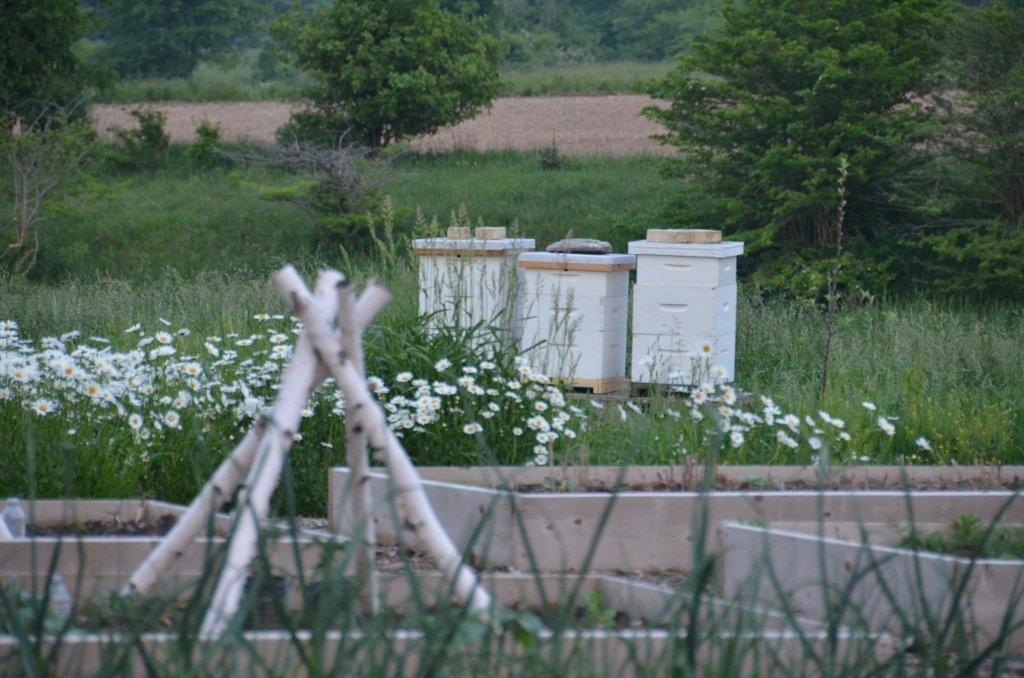
Choose a Location
This may be the make or break point when you are just getting underway.
A location that is close to abundant flowering trees and flowerbeds is a preferred location; having a source of fresh, running water nearby is also essential.
Good air circulation is also required, and selecting a sunny location, yet one that can be shaded during the hottest time of the day, are some things to consider in setting up the location of the hive.
Placement
The hive bottom board with landing strip should be placed at the bottom; on top of this, you will place the brood chamber where the queen bee will lay her eggs, and produce future generations so the hive can grow.
This will be placed directly on top of the bottom board.
The queen excluder can be placed on top of the brood chamber; this ensures worker bees can move and function, but does not allow the queen bee to move up in the hive. I do not use this excluder in my hives to allow her to do where she pleases.
This ensures optimal honey storage once they begin to produce honey.
However many do not use it, most do to keep track of their queen.
Foundation
The foundation frame will be placed inside the brood box; the inside material should be coated with beeswax, or you can use open frame, this is where the bees will build cells for the brood, to store honey.
The inner hive cover will be placed next, to cover the uppermost level, creating empty air, space inside the hive, to ensure optimal air circulation and flow.
A top feeder tray can be placed on top, but does not have to be.
Select the order of Bees
You now have to determine which race of bees to place in the hive; not only for optimal production, but also to ensure the worker bees will work together, to produce an abundance of honey each season.
You should order at least 3 pounds of bees, which is approximately 10K to 12K bees, and they should be placed on a warm sunny day, when you are just beginning the process of starting up the hive.
Installing the Bees
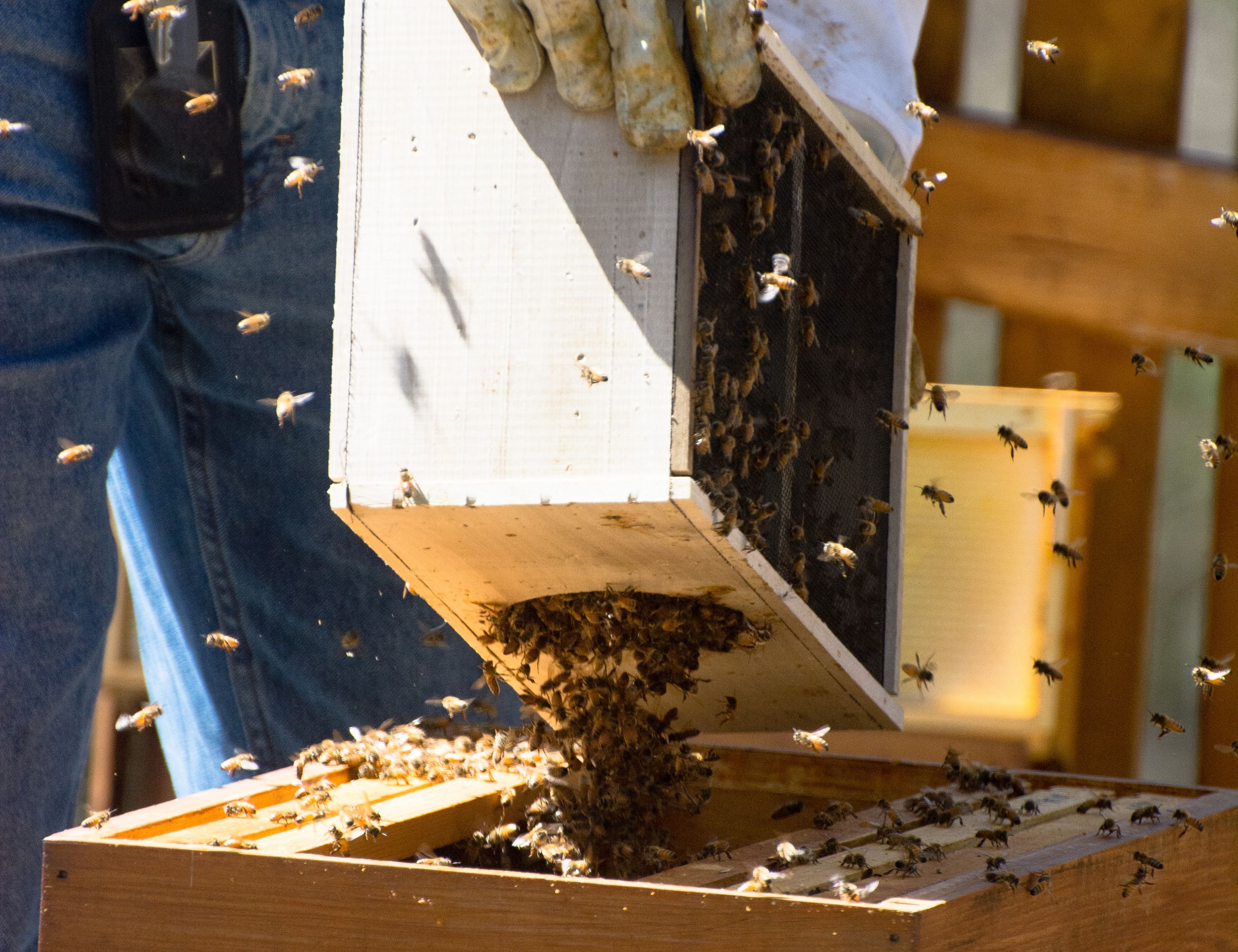
You should begin with a source of food, in the form of granulated sugar, made into a syrup for the bees; you will then place the bees to the bottom of the brood hive, and should use smoke to subdue the bees to the bottom as needed, try not to over smoke, ever.
You will then place the queen bee above the worker bees.
My syrup for the first year spring was a sugar mixture with lemon grass & spearment essential oils.
Then after spring and fall I use a mixture of honey syrup with tea tree, lemon grass and spearment essential oils to combat stomach fungus and it seems to make a real healthy bee! I never needed to feed between these times.
Although production may not start right away, you have to get the bees acclimated to their surroundings; doing this properly, and introducing them to the new environment slowly, is ideal if you are a first time beekeeper.
With the right bees for your location, and correct placement, you can expect production as early as the first season, but in most cases, you will find that the bees will only produce during the second season in their environment.
These books are very recommended if you plan on rearing your own brood! My first choice is Michael Bush - The Practical Beekeeper volume 1-2-3 but others like Backwards Beekeeping videos that are available online at you tube, the more reading you do, the more you will see what is needed and what is not.
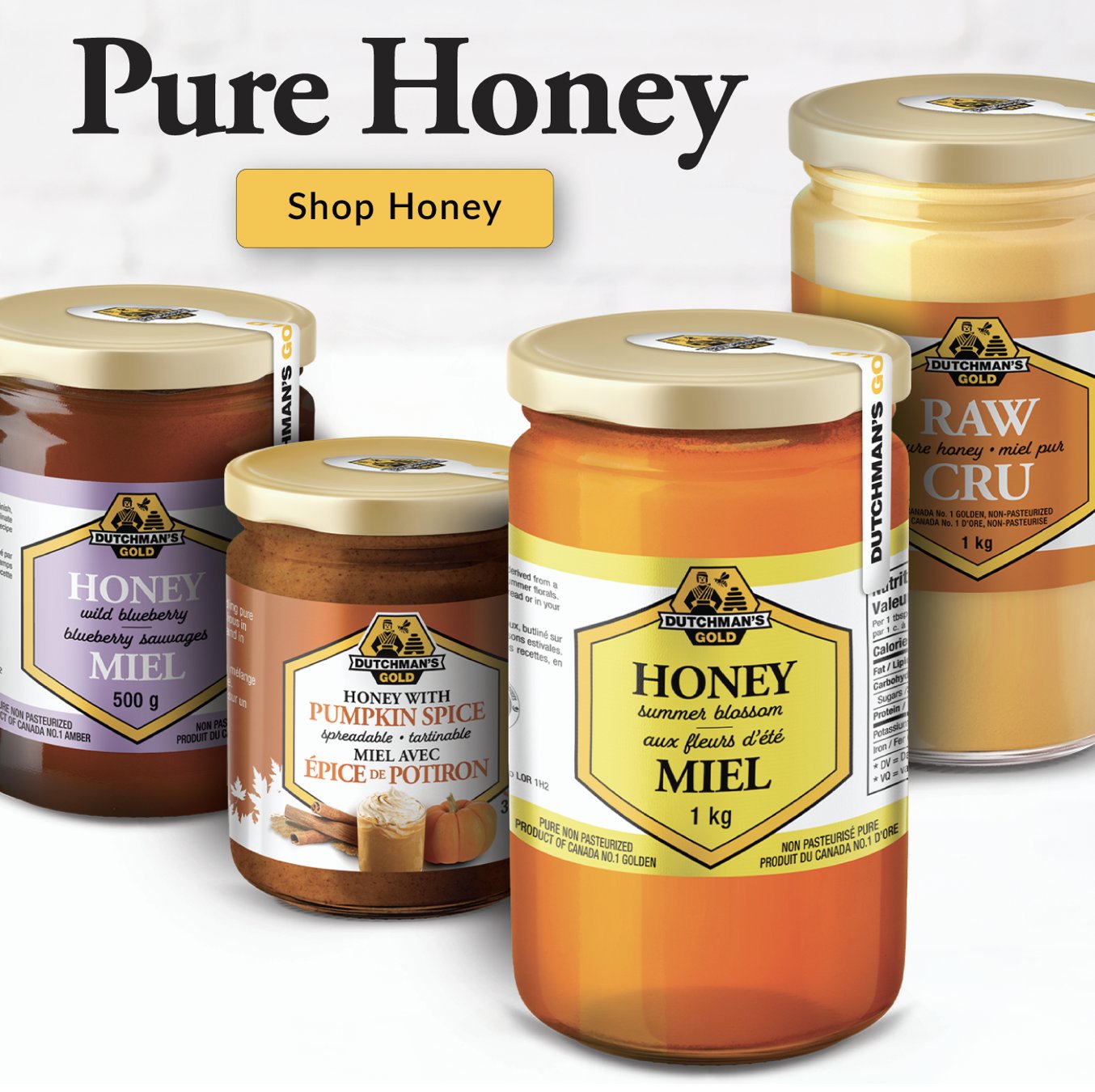
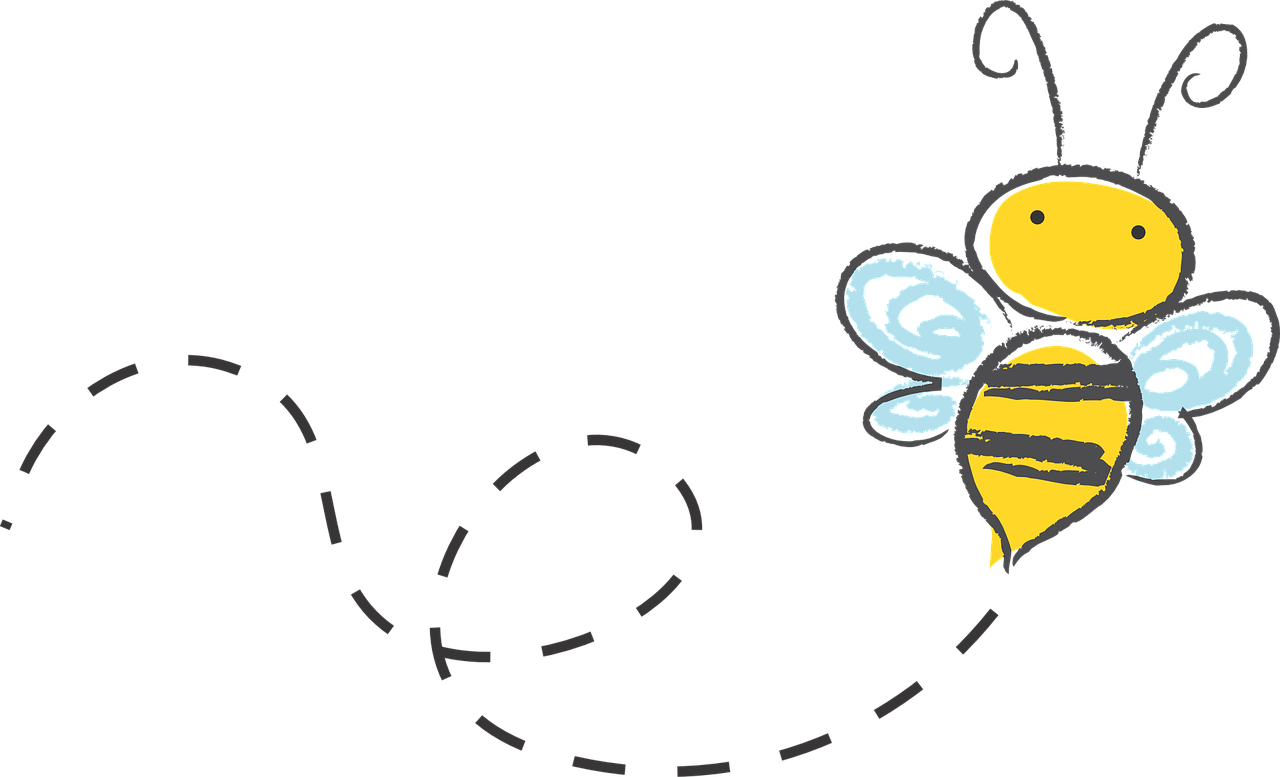
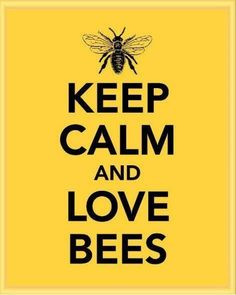
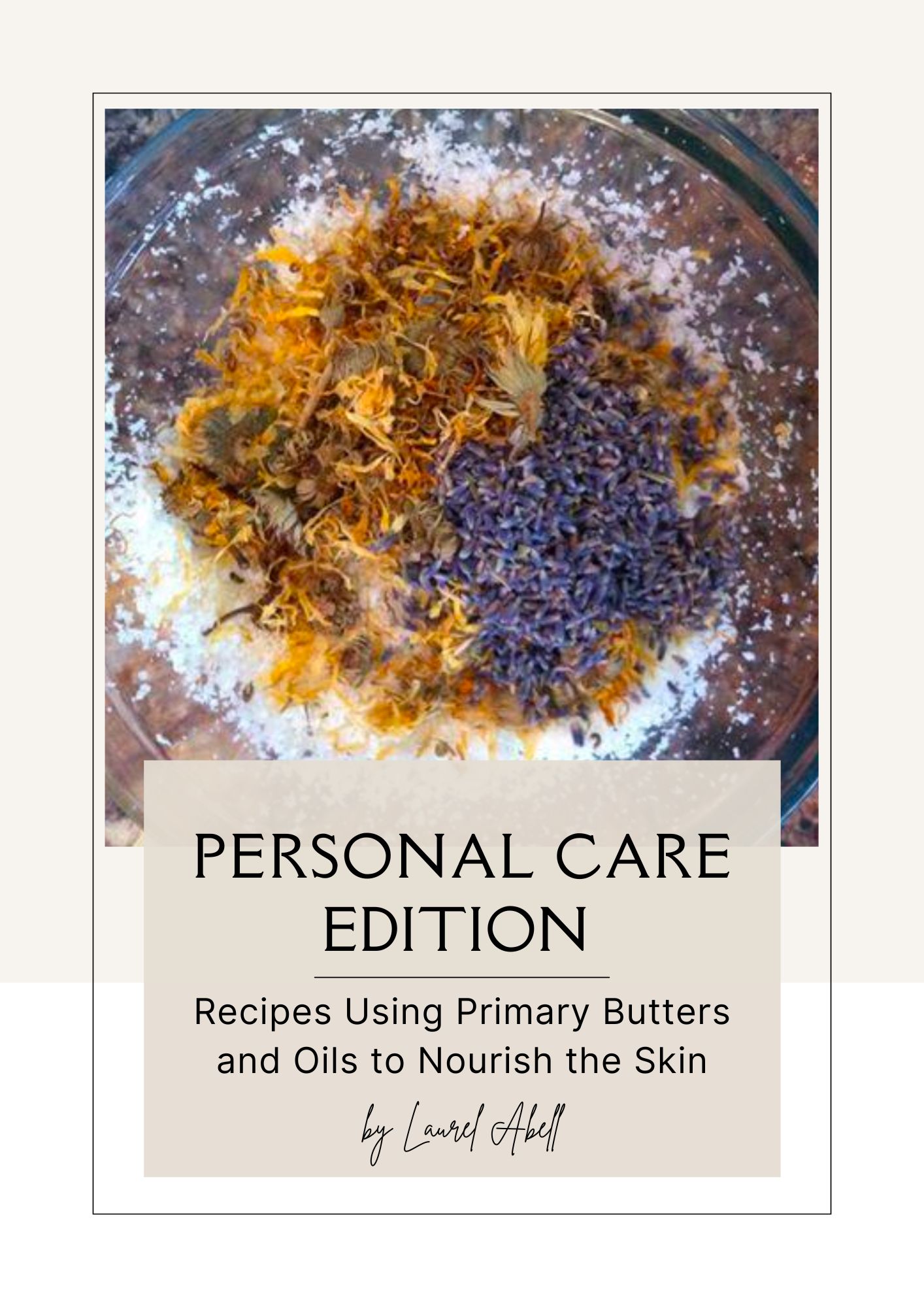
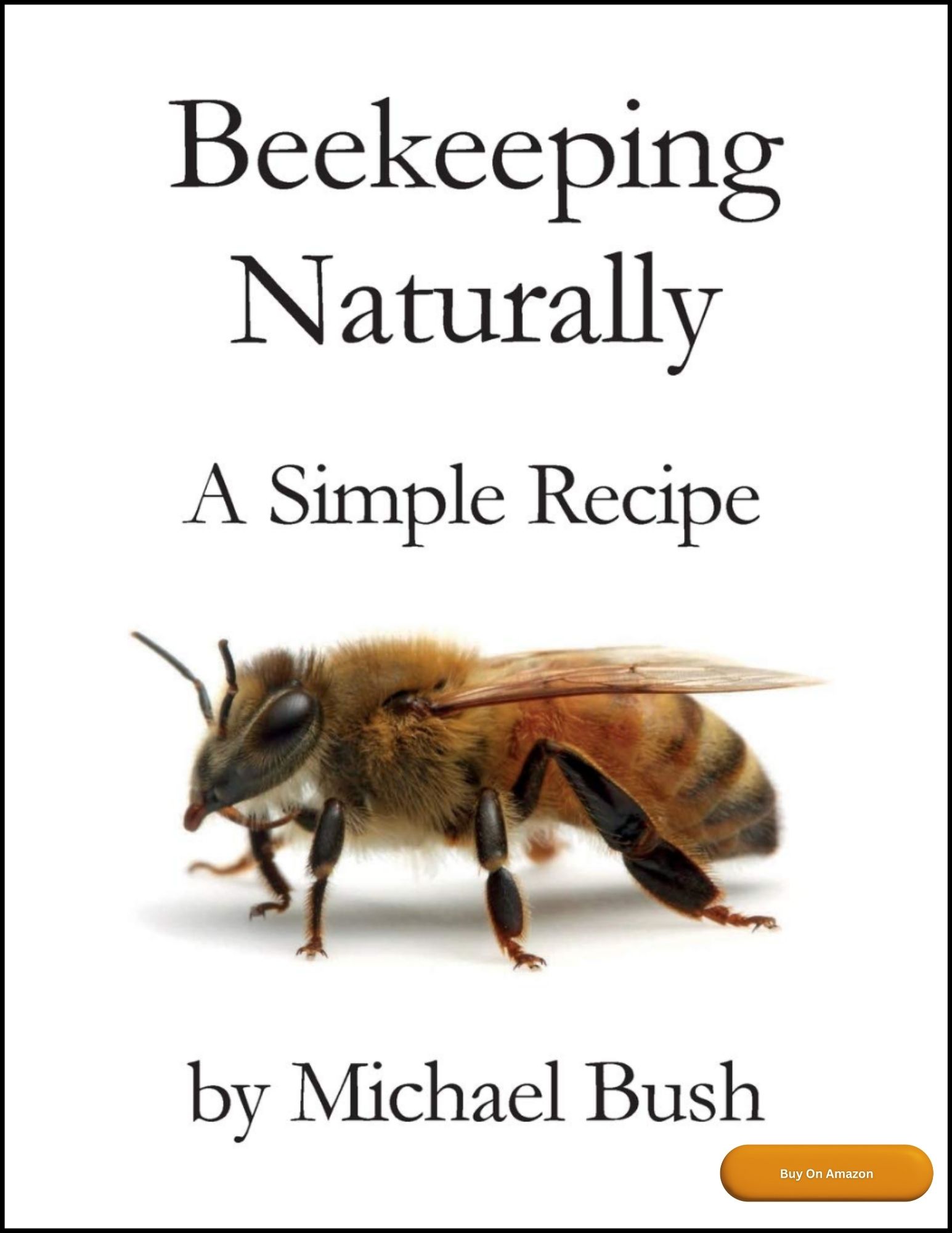
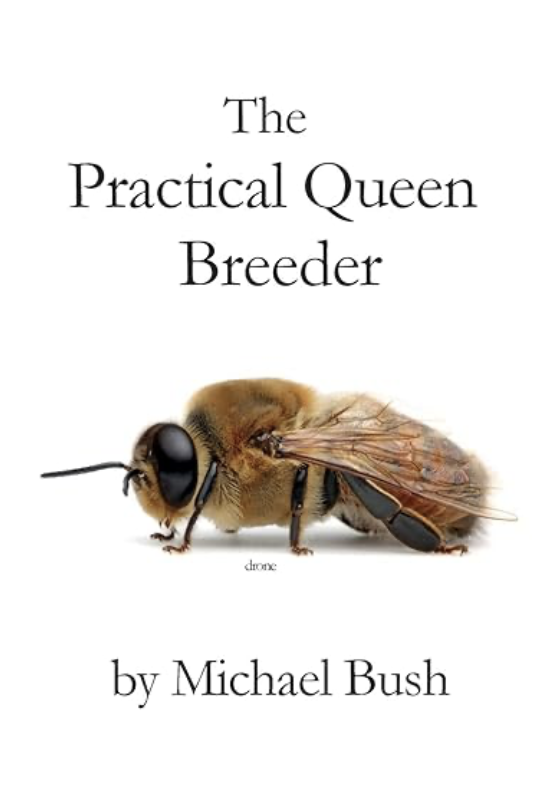
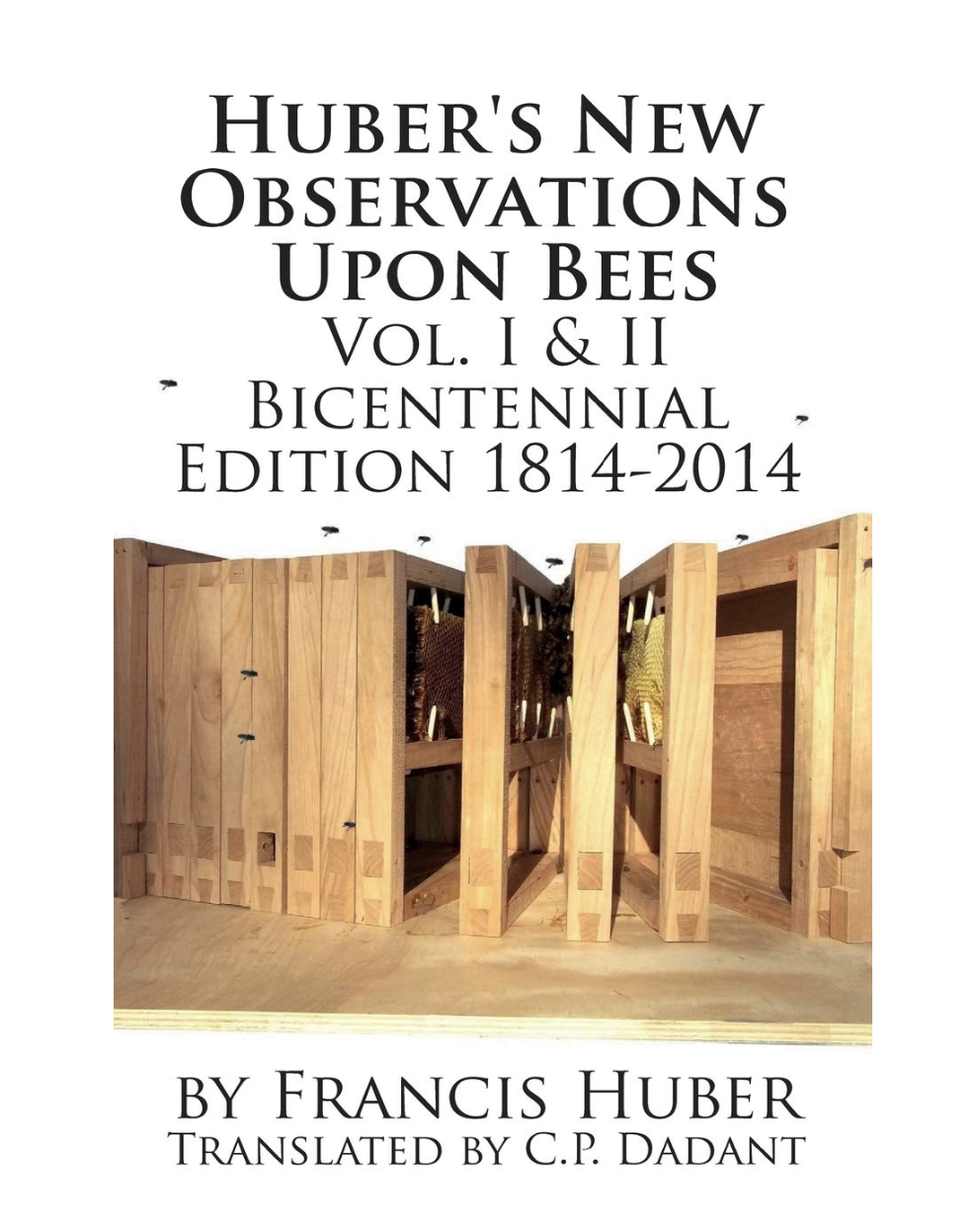
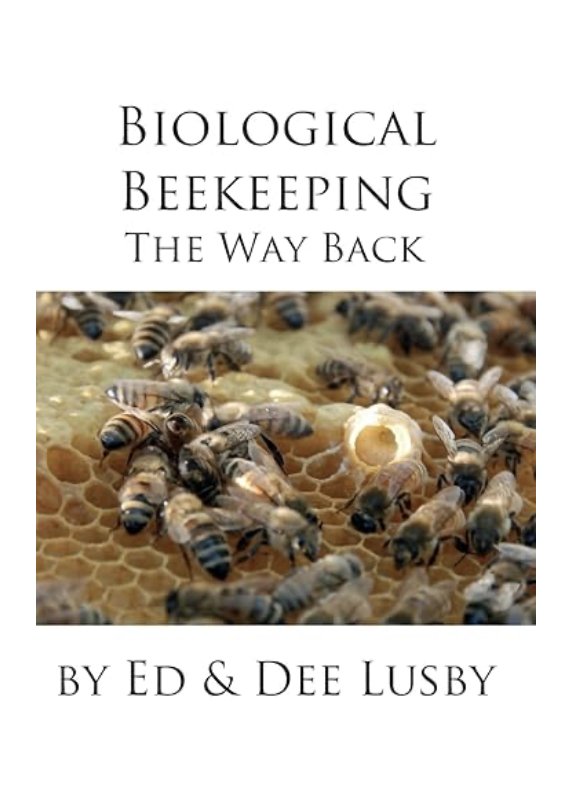
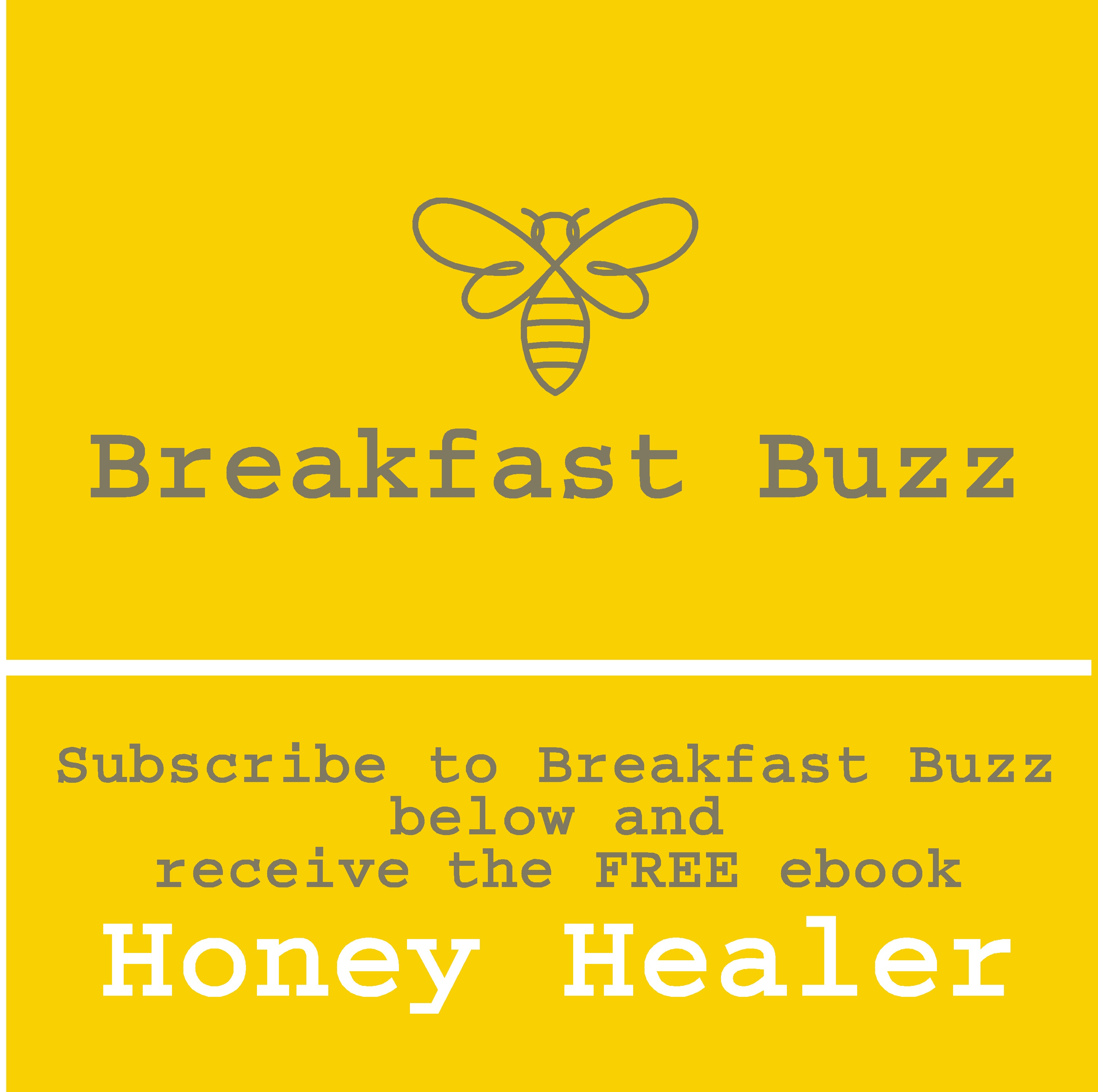
New! Comments
Have your say about what you just read! Leave me a comment in the box below.